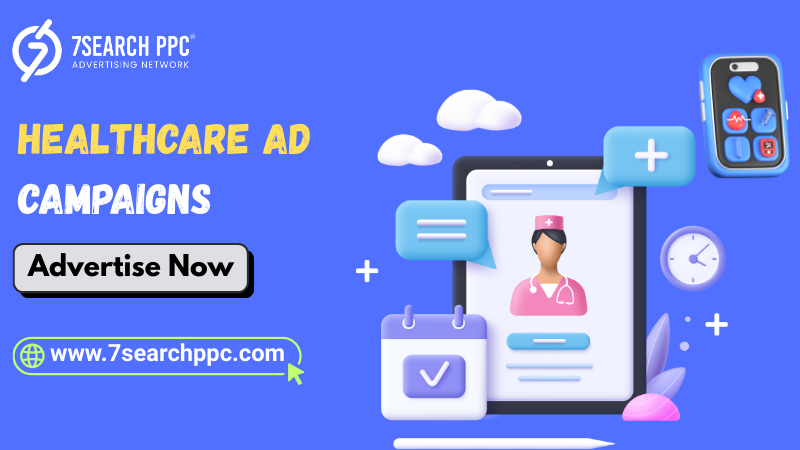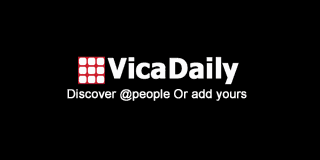The Psychology Behind Effective Healthcare Ad Campaigns

When you think about healthcare ad campaigns, the first thing that might come to mind is a message that speaks directly to your health, safety, or overall well-being. Unlike other industries, healthcare is not only about selling a product or service. It is about building trust, easing fears, and educating people in a way that feels genuine and human. This is why psychology plays such a powerful role in shaping effective healthcare advertising.

Why Psychology Matters in Healthcare Advertising
Healthcare is deeply personal. Every individual connects to it with some level of emotion, whether it is relief, fear, hope, or even curiosity. A campaign that does not account for these emotions may miss the chance to connect with its audience. People want to feel reassured that they are making the right choices, and that reassurance often comes from the way an ad speaks to them on a psychological level.
Healthcare ad campaigns work best when they combine facts with empathy. Studies show that campaigns that appeal to both logic and emotion tend to resonate more strongly. For example, presenting accurate health data builds credibility, but pairing it with a personal story can make it relatable and memorable.
Understanding the Human Emotions Behind Health Decisions
At the heart of every healthcare advertising campaign is the ability to understand what motivates people. The most common psychological triggers include:
- Fear and Urgency: Messages that highlight risks often grab attention quickly. However, the best healthcare ads avoid creating panic. Instead, they offer solutions that reduce fear and guide people toward positive actions.
- Hope and Aspiration: Campaigns that showcase recovery, prevention, or healthy living inspire hope. This emotion helps people imagine a better future, which is a strong motivator to engage with healthcare services.
- Trust and Authority: People are more likely to listen when a message comes from a trusted source, such as doctors, hospitals, or recognized health organizations. Building credibility through testimonials and expert advice strengthens trust.
- Belonging and Social Proof: Seeing others take positive health actions influences behavior. For example, when a campaign highlights how many people benefited from a program, it encourages new patients to follow the same path.
The Role of Storytelling in Healthcare Ad Campaigns
Humans are wired to remember stories more than statistics. This is why storytelling is at the center of successful healthcare advertising. A campaign about a new treatment will have more impact if it features a patient’s journey rather than only medical jargon. Stories bring out empathy and make people feel connected to the message.
Many of the best healthcare ads use storytelling in subtle ways. Instead of saying “this medicine lowers blood pressure,” they share a patient’s experience of feeling healthier, spending more time with family, and regaining confidence. This not only informs but also creates an emotional bond.
Building Trust through Transparency
One of the most important elements in healthcare advertising is trust. If people sense that an ad is misleading or overpromising, they are less likely to respond. Effective campaigns are transparent about what they can deliver. They use simple, everyday language to explain services and avoid unnecessary jargon.
Trust is also built by showing real-life impact. Highlighting success rates, doctor qualifications, or even sharing case studies adds credibility. In fact, many healthcare organizations use a Health Ad Network to distribute authentic and targeted campaigns that reach the right audience without diluting the message.
The Science of Visuals and Messaging
Psychology also influences how visuals and text are used in healthcare ad campaigns. For instance, colors like blue and green are often used because they symbolize calmness, safety, and healing. Images of happy families or healthy individuals create a positive outlook. At the same time, clear and concise language ensures that people understand the message instantly.
The best healthcare ads often balance visuals and text in a way that appeals both to rational thinking and emotional connection. Instead of overcrowding an ad with medical details, they focus on one strong message supported by a clean design.
Why Digital Healthcare Advertising is More Effective Today
The rise of digital platforms has given healthcare advertising new opportunities. Patients today spend more time searching online for health information before making decisions. This makes online campaigns more impactful because they meet people where they already are.
Through targeted strategies, healthcare providers can ensure that their ads reach the right audience. For example, a campaign about preventive care can be shown to people in specific age groups or locations who are most likely to benefit. Working with the right healthcare ad network makes it easier to track performance, adjust campaigns, and measure actual outcomes.
If you want to explore in detail how to create campaigns that connect better with patients, here is a useful guide on health ad campaigns.
Practical Insights from the Best Healthcare Ads
Looking at some of the best healthcare ads reveals a pattern. They focus on one core idea, use relatable emotions, and guide people toward a solution. For instance, a mental health campaign might not only provide facts about therapy but also share stories of people who improved their lives with support. A heart health ad may emphasize lifestyle changes along with medical treatments, showing how small steps can make a big difference.
These insights show that effective healthcare advertising is less about selling and more about connecting. When a campaign is rooted in psychology, it speaks to people in a language they understand and trust.
Encouraging Action Without Pressure
The final step in a strong healthcare campaign is a clear call to action. However, in healthcare, this must feel supportive rather than pushy. A campaign should invite people to learn more, schedule an appointment, or access preventive care without making them feel forced.
If you are looking to understand how such campaigns work and want to try them for your healthcare business, you can register now to understand healthcare ads. It is a practical way to explore how campaigns are created and how they can build trust with your audience.
Conclusion
The psychology behind effective healthcare ad campaigns lies in understanding human emotions, building trust, and delivering messages with clarity. Whether it is through storytelling, visuals, or social proof, the most impactful campaigns are those that connect with people on both an emotional and logical level.
Healthcare is about more than services. It is about reassurance, guidance, and hope. By applying psychological principles, healthcare advertising becomes more than just marketing. It becomes a bridge between patients and the care they seek, making each campaign not only effective but also meaningful.






